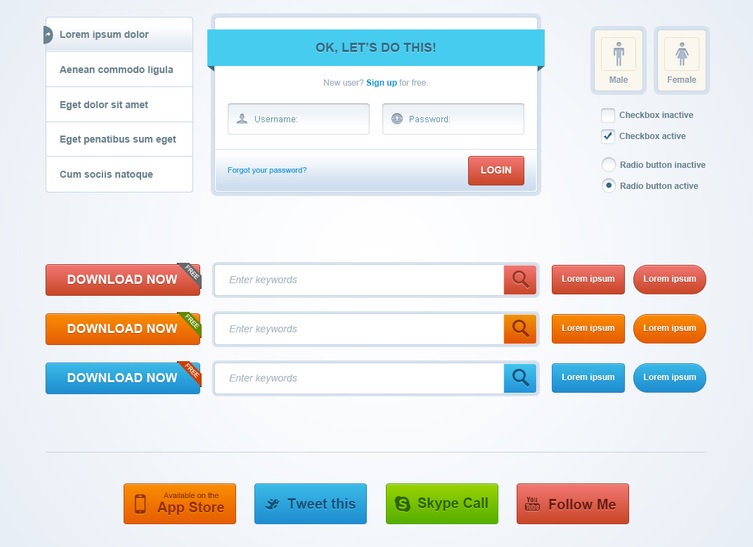Your cart is currently empty!

Planning Your Web Forms, part I
Web forms have been on my mind a lot lately. I’m working on forms for a couple of IT companies, FileReplicationPro and Onsharp.
There are two big questions when you plan your web form. The first is what information to include or request.
As a general rule, people get antsy if you ask too many questions on your web form. They get tired of typing and give up, or they begin to wonder why you want to know all these things and decide not to tell you.
So your first goal should be not to ask for any more than you have to. And that means that you need to ask for the things you really want to know.
For FileReplicationPro, it seemed to me that we didn’t need people’s physical locations, but we did need to know their position in the company.
“They’re CTOs,” FileReplicationPro assured me, “or IT team leaders.”
But what if they’re not? What if they’re office workers whom someone has instructed to find some data security software? Or small business owners with limited technical knowledge but an awareness that they need to back up their data? In that case, we need to be using completely different language when we write to them.
We never really need to know where in physical space they are. So, while there may be a natural inclination to start a form with name, address, and phone number, by giving up some of that we get to ask the visitors’ position in the decision-making process. This information will let us target our content instead of just guessing.
When it comes to the questions you ask, your web from should be, as Einstein said of something else entirely, as simple as possible, but no simpler.
The next issue is how the form looks. Look at these two different approaches to the same hypothetical form from Angela Peace’s web design class:

The first design, by Brandi Samuels, lays out the options very clearly, while the second relies on drop-down menus and bunches the choices together in a less readable way. The second approach creates a smaller form, but it may still be daunting to the visitor.
Your designer will have quite a few options for getting the information you want, once you decide what that is. You can make your visitors use a drop-down menu to choose their state, for example, or you can let them type in their two-letter abbreviation. I live in Arkansas, so I don’t mind the drop-downs much usually — but having to scroll down to North Dakota for Onsharp over and over was something else. People visiting your site during a coffee break may resent those extra seconds. Do you have the kind of volume that makes it worth inconveniencing your visitors in order to have some automatic sorting of the response data?
You can give them, as in the examples above, default options — which of those designs do you think will lead more customers to choose a service plan, the one that starts with three years or the one that starts with “none”?
Consider testing a couple of different approaches to see how visitors respond.
Does your web site have no response form at all? The preschool website we’re building currently doesn’t have a form. The preschool owner hasn’t had a website before, and she’s used to getting contacts entirely by phone.
But a web form, however simple, will allow her to track conversions a bit better, build up her email list, and perhaps reach the busy working parents who search for a preschool in the wee hours of the morning and don’t remember to call her later.
So I’m thinking that we need to add a contact form. Name, phone number, and email address should be plenty.
What do you need at your website?
by
Tags:


Leave a Reply